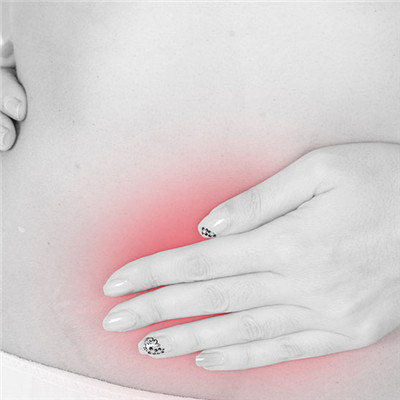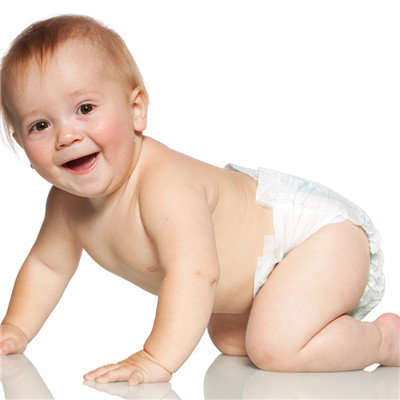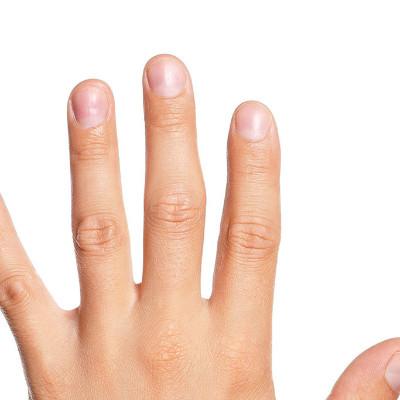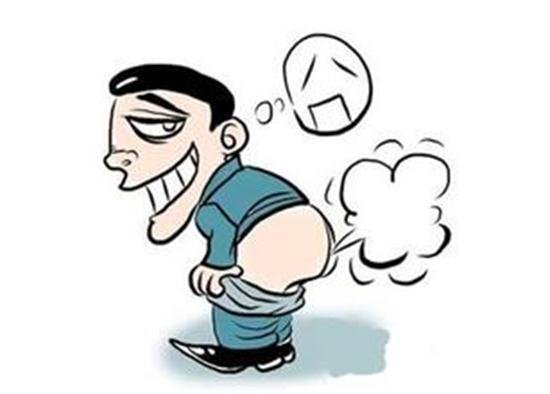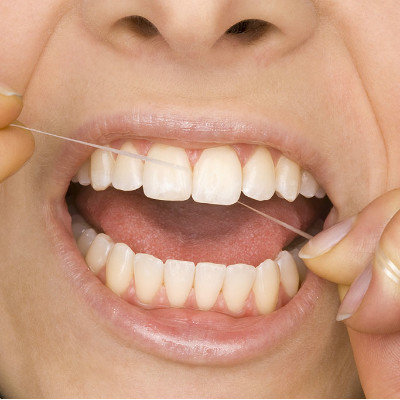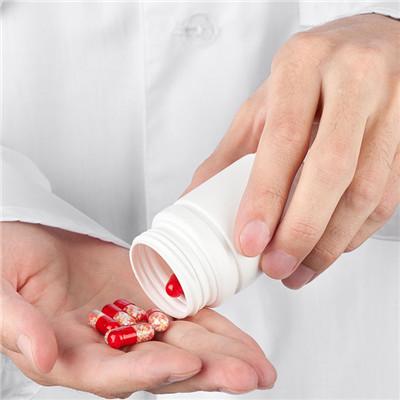How is febrile convulsion treated?
summary
Febrile convulsion refers to the convulsion of children in the early stage of respiratory tract infection or other infectious diseases when their body temperature exceeds 39 ℃. Intracranial infection and other organic or metabolic diseases leading to convulsion are excluded. Generally divided into simple febrile convulsion and complex febrile convulsion. How is febrile convulsion treated? Let's talk about it
How is febrile convulsion treated?
Anticonvulsant: anticonvulsant drugs are the first choice for rapid stability. Diazepam is highly liposoluble and easy to enter into brain tissue. It can take effect 1-3 minutes after injection, but the effect lasts for a short time (15-20 minutes). It can be used repeatedly after 15-20 minutes if necessary. Or choose 10% chloral hydrate enema. In addition, phenobarbital with longer action time can be used to maintain the anticonvulsant effect at the same time or after the administration of diazepam.
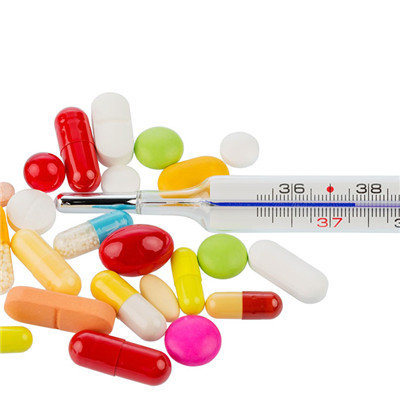
Antipyretic: febrile convulsion is the most common cause of infantile convulsion, so we should pay attention to the rapid cooling. ① Drug cooling: acetaminophen or ibuprofen can be taken orally. ② Physical cooling: warm water bath and ice bag are effective cooling measures. Except for infants under 3 months old, children of other ages can only be effective after drug cooling.

For children with typical febrile convulsions, only the primary disease should be treated. For those with frequent febrile convulsions, short-term preventive treatment can be used. Only a few complex febrile convulsions can be treated with sodium valproate or phenobarbital long-term preventive treatment. However, there is no consensus on the prevention of febrile seizures.
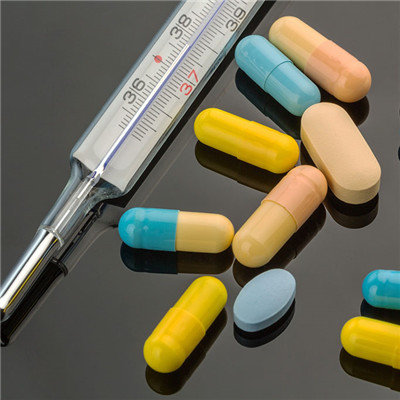
matters needing attention
As early as possible, the drug with sufficient dosage, quick action, long action time and few side effects. It can maintain life function, prevent brain edema, acidosis, respiratory and circulatory failure, keep airway unobstructed, inhale oxygen, maintain internal environment stability, especially pay attention to correct hypoglycemia and acid-base imbalance in time. Actively find the cause of disease and control the primary disease, avoid incentives.



